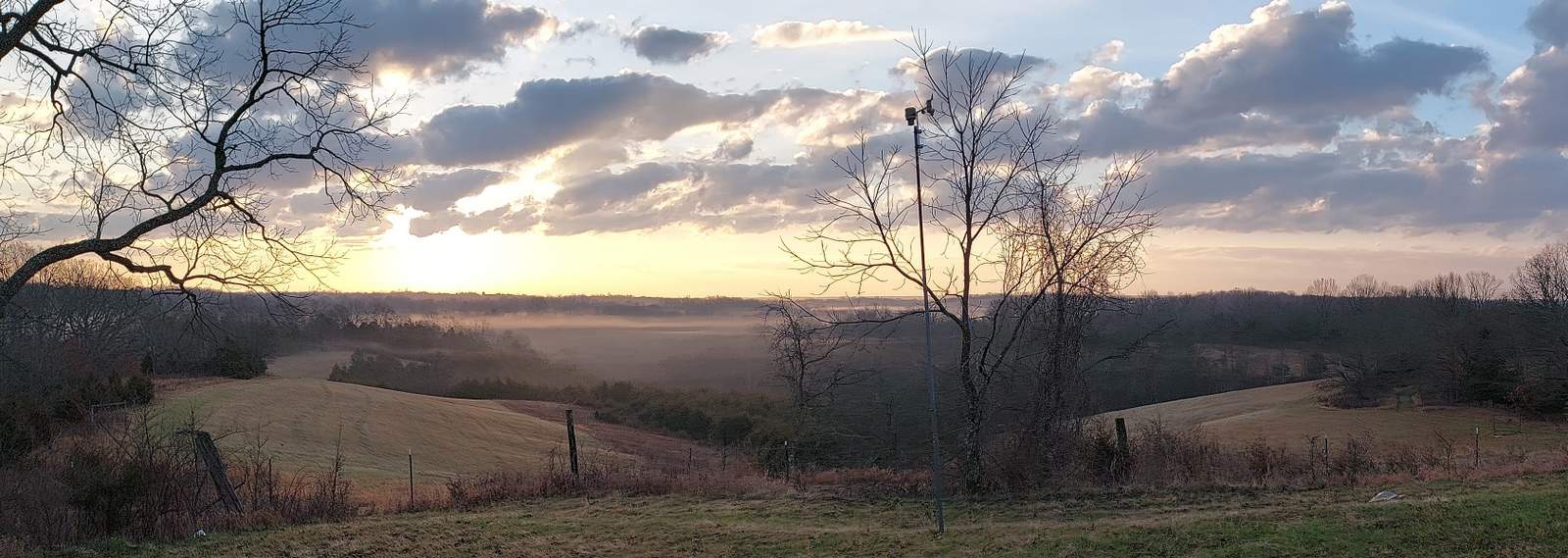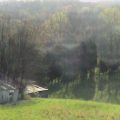What’s in your vest?
The question on www.quakerboy.com was: Outside of shells and calls, what’s the most important thing in your vest?
1) My license, tag, harvest log, and pen
2) Compass and whistle
3) Matches
I could say toilet paper and get a laugh, but after 3 the trail of must-haves starts to thin. I’ve only been checked once for #1, but I was awful glad I had them to show the warden.
I hunt only on 200 acres that I know very well. I usually take a walkie-talkie or a cell-phone. However, I make a habit of taking #2 and #3, and a knife and watch are always with me as well. I’ve been incapacitated several times when afield, and it really sucks. Once you start losing your head due to injury, hypothermia, or whatever, your chances of getting out safely diminish very quickly.
A compass keeps you on track for getting back. On a 200 acre farm that sounds stupid, but there are two things that can really throw things off: fog and injury. I’ve been in fog so thick that visibility at 20 yards was nil. Now what? The second is injury. I’ve had to come out of a backpacking trip on just one leg. Luckily I didn’t have to crawl out. The next time you’re on your familiar hunting ground, lay down and see how familiar it is. Believe me: a compass is a welcome reality check.
Whistle? If you get really injured, don’t try to yell. It will exhaust you in no time. Use the whistle. Even with a walkie talkie, a whistle helps tremendously.
The closest I ever came to an emergency situation turkey hunting was about 20 years ago. I took a wrong turn coming out of the woods and walked way out of my way. It was on a big plantation down along the Mississippi River.
It was in drizzle and fog– hypothermia was a possibility.
What had gotten me into this trouble in the first place was that I’d not gone about things properly with a compass. I’d gone deep into the woods at dawn, not consulted the compass and guessed at where the truck was coming out. I emerged from the woods about a quarter mile from the truck and a small peninsula of trees was hiding it from me when I emerged. What I should have been doing all along was following a general course in and out using the compass as a guide. It was a boneheaded screw-up that I have not since repeated. However, now that the screw-up had been made, I needed to get out without making things worse.
As soon as I knew I was screwed I sat down and made a plan:
1) Walk 10 minutes following the field edge to my right. (Right turned out to be the wrong first guess)
2) If I had not found the truck in 10 minutes, I would reverse course and walk 20 minutes the other direction. (total would be 10 minutes out in both directions.
3) If at the end of 30 minutes I had not found the truck, I would return to the spot I was sitting, and build a fire and start blowing my whistle until rescued by my friends.
4) Before setting off on 1, I marked my starting spot. This would be where I’d hunker down if I never found the truck.
The truck turned out to be 5 minutes to my left. After 25 minutes of walking I got back to the truck before people started to worry.
Lastly, and this is the most important thing to carry in the field: keep a clear mind. Do not lose this in the field. You will die. Do not risk hypothermia, heat exhaustion, or confusion. Once the situation gets off plan, sit down. Get your thoughts into one sock and keep them there. Make a new plan and stick to it. In the example I just gave you, I had my wristwatch and the edge of a plowed field to guide me. If I’d try to backtrack into the woods, they might have still been looking for me. The idea of building a fire might seem stupid, but at 50 degrees and fog, I would have been numb and fumbling by mid-afternoon. My best hope of being found if the initial plan had not worked was to hunker down in a visible location and try to stay warm.
This post has already been read 467 times!
Views: 6




Comments
What’s in your vest? — No Comments
HTML tags allowed in your comment: <a href="" title=""> <abbr title=""> <acronym title=""> <b> <blockquote cite=""> <cite> <code> <del datetime=""> <em> <i> <q cite=""> <s> <strike> <strong>